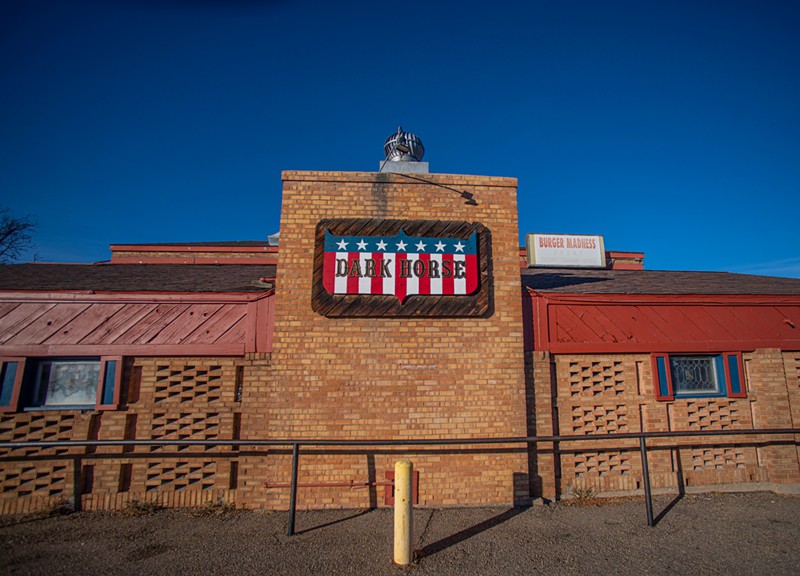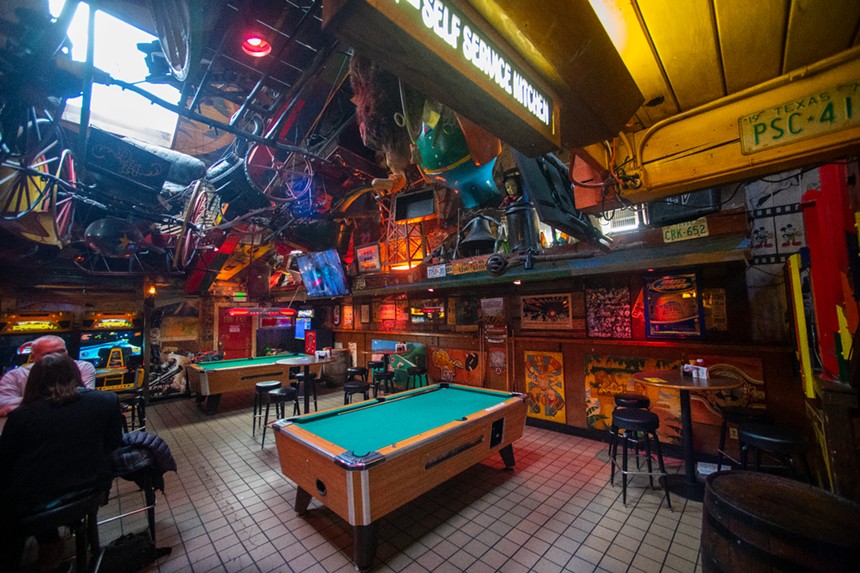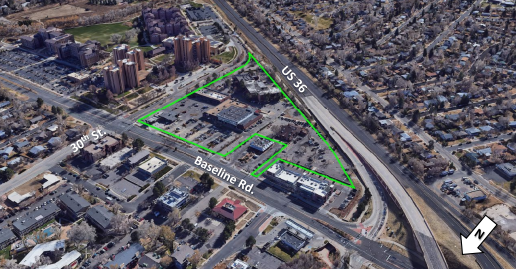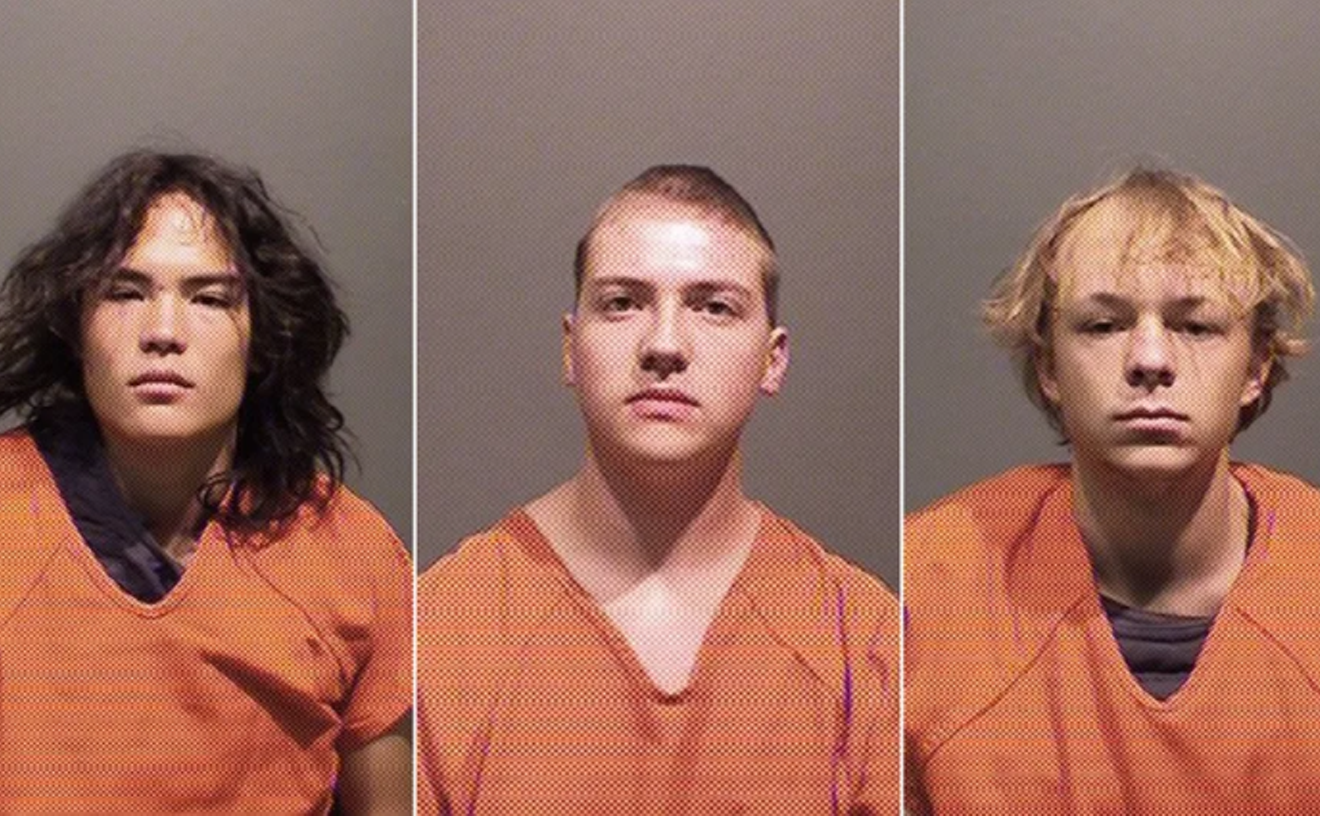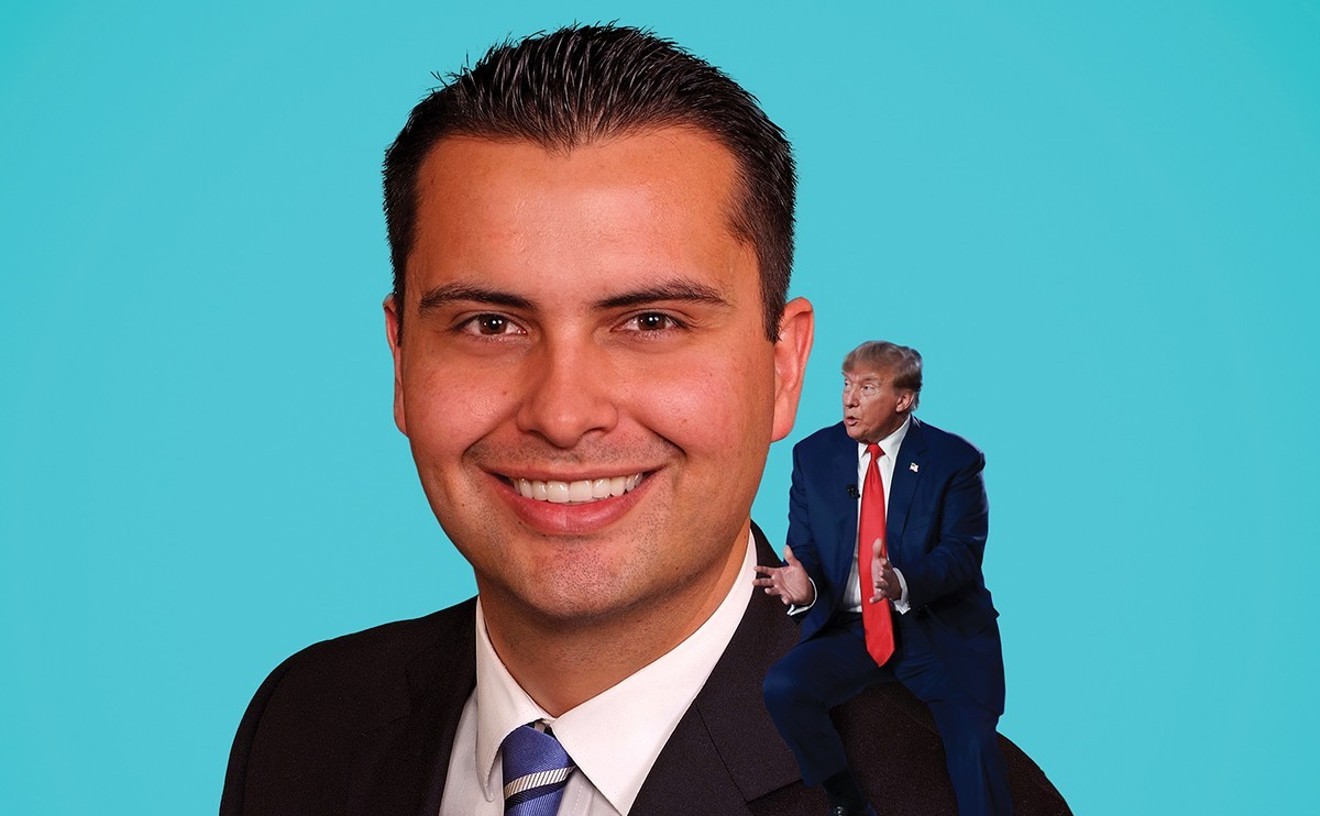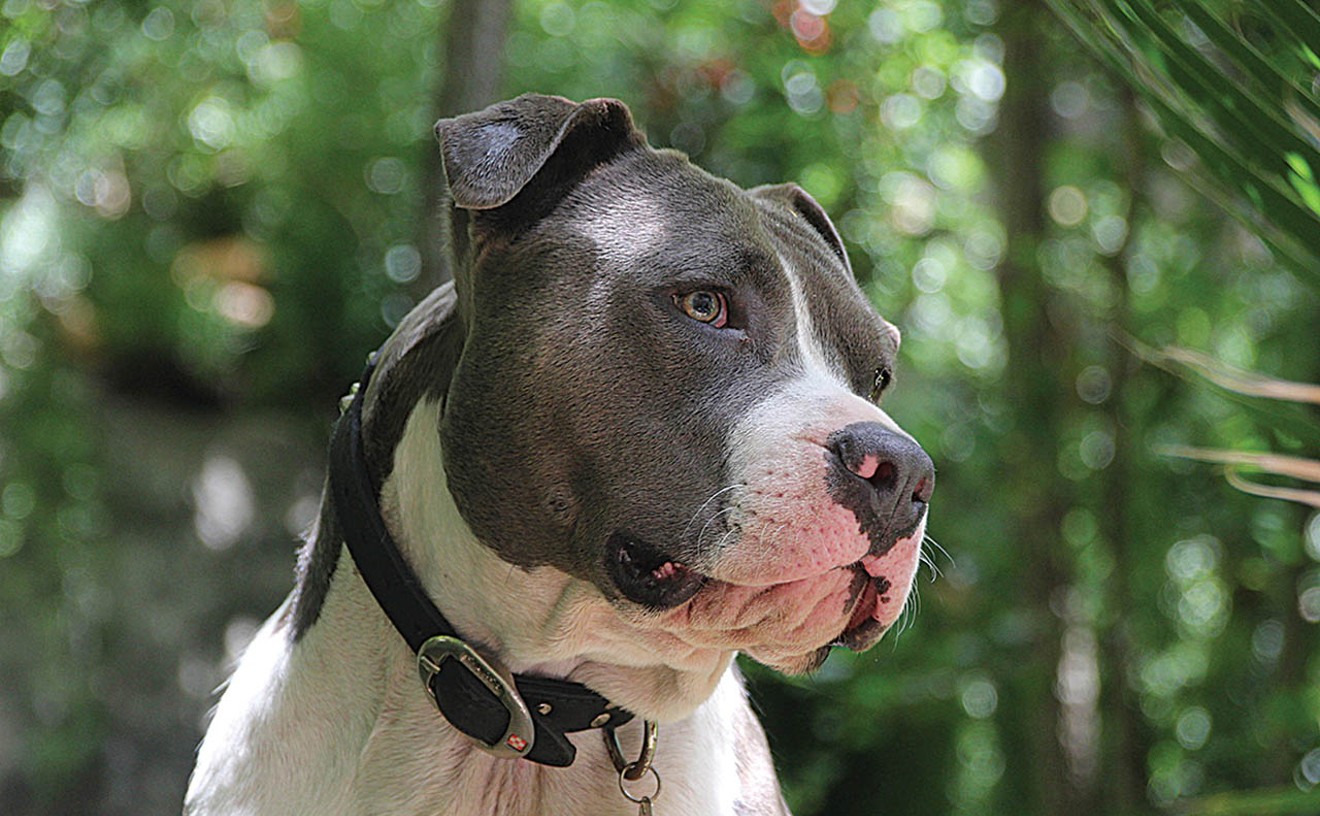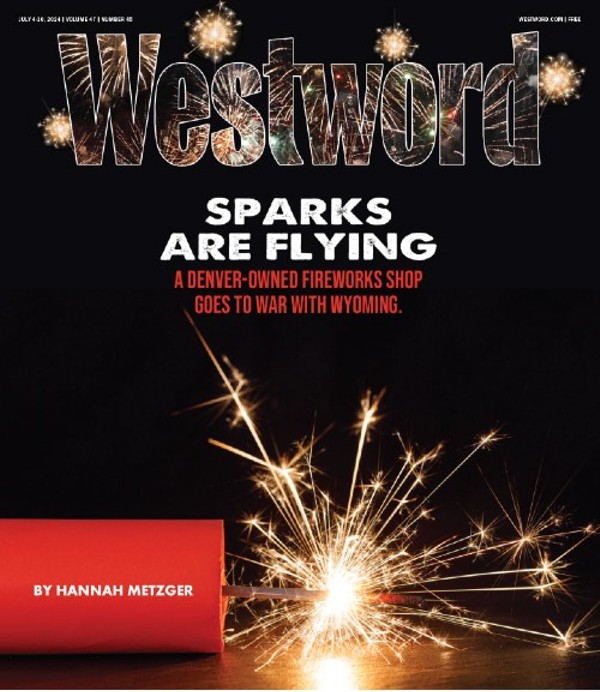Developers appear to have changed their tune nearly two months after residents showed up in droves to a public hearing to tell developers of the parking lot at 2952 Baseline Road that the Dark Horse should be kept there despite the planned changes.
Boulder City Council held a public hearing on March 7 about the development off U.S. Highway 36 dubbed Williams Village II. The land is owned by the Williams family, who donated money to the University of Colorado Boulder to help build Williams Village student housing on the school’s campus. During the hearing, developers explained their vision of keeping the bar, almost fifty years old, going. They also shared other elements of their plan beyond the Dark Horse, which some citizens have issues with.
“What we've committed to doing together is to have the Dark Horse stay in the current location until redevelopment occurs, which is probably about two years, when you think about the process,” said Andy Bush of Morgan Creek Ventures, a real estate development firm working on Williams Village.
According to Bush, the plan is "to create a transitionary location and ultimately to provide a new location on the property for the Dark Horse so it can continue to thrive and survive for the next twenty to forty years.”
Over the past five decades, the Dark Horse's rooms have become packed with colorful local memorabilia. Generations of fans from all walks of life have gathered there to watch Colorado’s sports teams, kick back by the fire when it’s cold — and learn to love the tricky bathroom doors.
The developers said they plan to do what they can to ensure the new location keeps the Dark Horse’s quirky character by preserving and moving its memorabilia. In an op-ed in the Boulder Daily Camera last week, Petur S. Williams of the Williams family and Dave Tobin, who owns the Dark Horse, discussed the memorandum of understanding they’ve signed as a commitment to preserving the bar.
“It has been incredible to see the heartfelt nostalgia that has poured into the Dark Horse over these past several months,” they wrote. “We share these feelings, too. That’s why we’re committed to continuing our decades-long collaboration to save the business — but not the actual building itself.”
They went on to describe how the building would not meet today’s code requirements and “leaches energy,” saying it would cost around $5 million to lift the building off its foundation and relocate it elsewhere on the property, and that building a new location just makes more sense.
“We have collectively agreed to work together to identify potential relocation areas, including within the current and future redevelopments,” the op-ed concluded. “With more than 100,000 square feet of new commercial space available, we hope to create a new home for the Dark Horse as part of Will Vill II.”
Concerns Over More Than the Dark Horse
At the council meeting, developers said they are open to adding relocating the Dark Horse on the property to the development agreement, if the city wants it. The Williams Village development would turn the site that currently contains a Sprouts grocery store, Carelli’s Ristorante Italiano, Cafe Mexicali, Cosmo’s Pizza and the Boulder Broker Inn into student and market-rate housing and retail space.The developers upped the amount of commercial space to 100,000 square feet from 65,000 after the Planning Board hearing. They also committed to providing a new space for Sprouts, which is one of the only grocery stores in the area.
The site's zoning designation indicates an area with predominantly neighborhood-serving retail and personal-service businesses. The only building currently on the site that would remain is a McDonald's, as it is not part of the parcel controlled by the Williams family.
Developers have opted to pay cash instead of including affordable housing in the plan; the city will use those funds to build affordable housing elsewhere. The amount will be determined by the final unit and square-footage count of the approved development.
Though the Dark Horse problem seems to be alleviated for now, residents still offered up plenty of other concerns, mainly related to desiring more retail and commercial space and less luxury housing.
“Why do reasonable resident needs for basic, necessary, walkable retail always take a back seat to developer profits?” Boulder resident Lisa Harris questioned.
City councilor Mark Wallach asked the developers how much they expect to charge for rent and if those who work in the city or attend the university would really be able to afford it. The developers said rates would be determined by “supply and demand,” suggesting similar prices to those at another of its developments, Boulder Junction, which range from $1,600 to $3,000 per month.
Several commenters said they wish the plan would build affordable housing on the site rather than simply paying cash.
“Someone in the developers said something about people are going to move there from Superior and Broomfield because it's so nice,” Lois Lacroix told the council. “Well, that is just a bunch of crap. People live in Superior or Broomfield because it’s cheaper. They're not going to move to Boulder because they have nice housing on the corner of Baseline and 30th. So instead of doing cash in lieu, if you would put affordable housing there, it would be a huge, huge plus.”
Lacroix expressed worries about building height and noise echoed by several other commenters. Shelby Bates, who said she lives in the neighborhood, asked if the developers could find a way to prevent the Sprouts from closing for two years during construction.
Additionally, many people urged councilmembers to require retail spaces in construction's first phase rather than pushing it off until after housing is built. Several commenters, including Mike Marsh, cited other projects across the city that had promised community spaces or retail but then failed to deliver them down the line due to budgeting constraints.
“How many times will council get fooled?” Marsh wondered.
Bush said the developers had heard that concern from the Planning Board and would commit to more retail in phase one than originally planned.
Several Boulder residents supported elements of the plan.
“The development very clearly made several goals within the comprehensive plan,” Ron DePugh said. “That it promotes outcomes consistent with principles of sustainability, that it minimizes reliance on fossil fuels, promotes healthy and safe structures, and provides safe and environmentally compatible transportation improvements.”
Other public commenters applauded the plan’s effort to focus on walking, biking and reducing car travel.
Councilor Lauren Folkerts offered suggestions shared by every one of her fellow councilmembers: Make the space less car-centric and be sure it would be human-scaled and aesthetically diverse.
“I'm concerned that we have an area now that's unique and quirky, and that it could potentially be replaced with development that could be anywhere in the state or the nation,” she said. “When it comes back to us, I really would like to see buildings that make clear this is located in a fun and funky part of town directly adjacent to the university.”
Folkerts agreed with commenters that the plan should include more commercial space and ensure that the current amount of commercial space is maintained or exceeded at each step of construction.
“I'd like to see more greenery and a reduction to overall paving along with some beautiful, creative infiltration and detention areas,” she continued. “Finally, I look forward to hearing more about the innovative strategies you will come up with to reduce both the embodied energy and the energy use.”
Holicky said the firm is considering having outside architects come in to design some of the buildings to be sure it feels like “a neighborhood that's been aggregated, not one that has been designed in one fell swoop.”
Boulder City Council referred the plan to the city’s Transportation Advisory Board, Design Advisory Board and Environmental Advisory Board. After those reviews, the developers will be able to submit it to city council again for further consideration.

